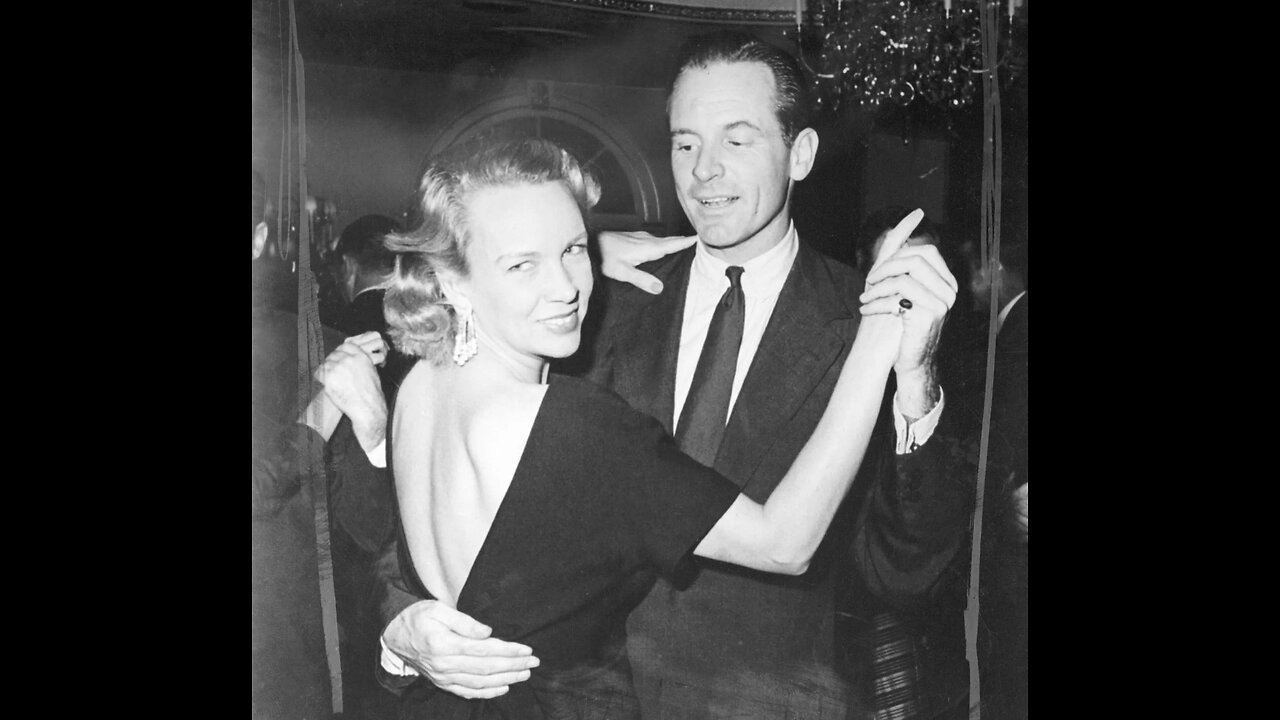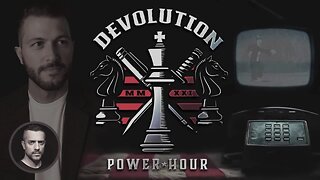Premium Only Content

"The Shooting of the Century" per NYC Media & Life Magazine
Ann Crowell and William “Bill” Woodward met at the Copacabana nightclub in 1943. He was a recent Harvard graduate serving in the navy, she a dancer in the chorus line. They married soon after. In the postwar years, the two lived lavishly: Bill, the multimillionaire director of Hanover Bank, owned an Upper East Side town house, a farm in Maryland, and a 60-acre estate on the North Shore of Long Island. Together, the couple bred and raced horses, attended glitzy charity galas, and went big-game hunting in Africa. This was all far from where Crowell grew up, on a farm in Kansas. (She had moved to New York City to be a model after graduating high school.)
Jealousy ran rampant between Ann and Bill. They hired private detectives to spy on each other and often got into blow-up fights: “Suffering from an acute sense of insecurity and flickering suspicions, Ann Woodward sometimes created volcanic public scenes with her husband. In [the Manhattan nightclub] El Morocco one night, she scratched Bill Woodward’s face until it bled, after he pulled out a handkerchief with a lipstick stain on it,” read a 1955 article in Time Magazine.
The Woodwards dominated the news that year: One night, after attending a dinner honoring the Duchess of Windsor out in Long Island, Ann Woodward shot and killed her husband. She claimed it was an accident: Days earlier, their home had been burglarized. When she heard noises in the middle of the night, she believed it was the intruder returning. So she grabbed the 12-gauge shotgun by her bed and fired twice at the shadowy figure she saw in the hallway. It was her husband.
When the police arrived, they found her sobbing inconsolably in her bedroom, Bill’s dead naked body lying several feet away.
The crime created a tabloid firestorm and a rabid rumor mill, with many wondering if she’d killed her husband on purpose. Later that year, however, a grand jury found no crime had been committed. “The widow was no longer a dazzling glamor girl: shock and grief had visibly aged her, and she was in a state of near collapse,” Time magazine wrote at the time.
The Woodward case continued to make headlines for the next decade, especially when she requested a larger allowance from her late husband’s estate for her sons. (“Poor Rich Boys on a 70G Budget,” snarked the Daily News in October 1966.)
Please subscribe to my Substack Channel:
https://juxtaposition1.substack.com
-
 30:41
30:41
Rehypothecation1
1 day agoREAL ID Rollout (UN Agenda 2030)
4521 -
 22:53
22:53
Jasmin Laine
1 day agoParliament ERUPTS After "WORST Decision EVER!"—Carney Left SPEECHLESS by SHOCKING Report
29.7K71 -
 11:50
11:50
Mrgunsngear
1 day ago $7.44 earnedSteiner MPS Enclosed Red Dot: Better Than The ACRO P2? 🔴
28.5K17 -
 1:27:55
1:27:55
Sarah Westall
1 day agoSelecting World Leaders: Intelligence No Longer a Prerequisite w/ Martin Armstrong
38.2K21 -
 2:03:07
2:03:07
Badlands Media
23 hours agoDevolution Power Hour Ep. 393: Synthetic Reality, and the RICO Grande Strategy
65.2K19 -
 11:23:18
11:23:18
GritsGG
12 hours agoQuad Win Streaks!🫡 Most Wins in WORLD! 3600+
77.3K10 -
 41:16
41:16
MattMorseTV
7 hours ago $77.29 earned🔴Antifa is PREPARING for WAR.🔴
74.7K426 -
 2:55:38
2:55:38
cosmicvandenim
14 hours agoCOSMIC VAN DENIM | Horror Game | STOREBOUND
27.1K3 -
 50:18
50:18
Side Scrollers Podcast
7 hours agoLIVE SPECIAL EVENT - Blabs SPITS on Her Ancestors by BURNING Pasta
50.1K8 -
 6:18:07
6:18:07
putther
6 hours ago $2.26 earned⭐ Bounty Hunting on GTA Online & GTA 5 RP ❗
37.4K